The Impact of the Civil War on English Parishes
by Ian Atherton, Fiona McCall, Imogen Peck & Michael Sewell
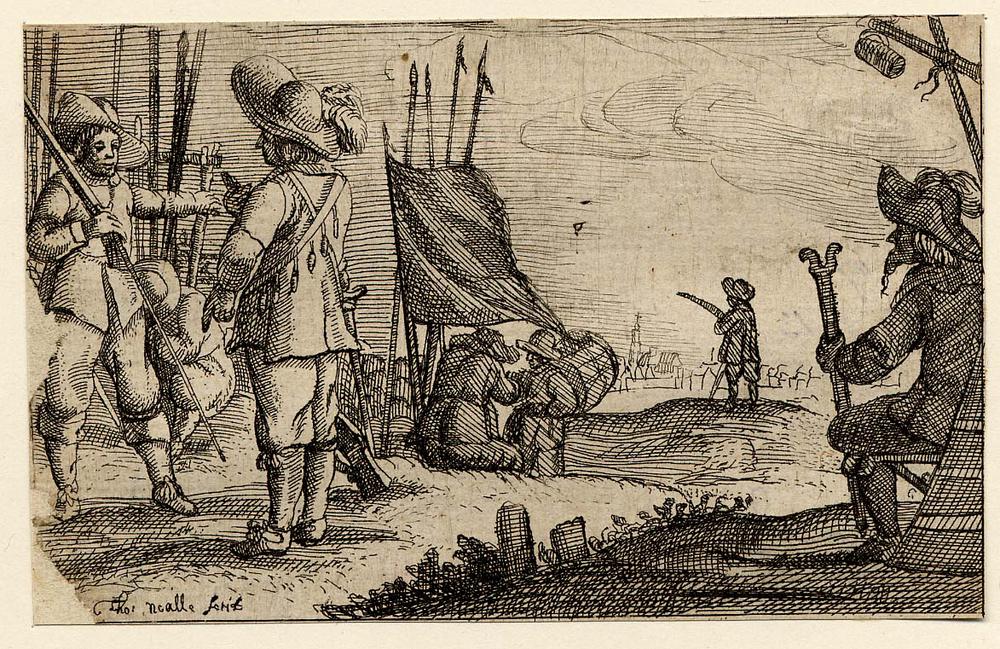
Figure 1: Soldiers in the field with one seated on the right holding a stick (etching, asset no. 115197001).
© The Trustees of the British Museum
At the ‘Remembering the Parish’ symposium held in November 2020 four speakers discussed how the British Civil War was remembered, viewed and used from the end of the conflict up until the nineteenth century. Surveying their contributions, the importance of the conflict for local parish communities became very striking. In this short post, we aim to bring out a few of the ways in which the war was used and remembered by communities.
Ian Atherton: Remembering the English Civil Wars in Parish Registers
The judgment of the Parliamentarian supporting memoirist Lucy Hutchinson (see Figure 2) that ‘every county had, more or less, the civil war within itself’ is well known and often cited, though historians have tended to emphasise that individual parish communities sought to contain and restrict the divisions of the civil war so that the social and administrative life of the village community could continue.[1] Parish registers, the record of baptisms, marriages and burials in each parish across England, bear witness to the contradictory pressures felt by local communities through the civil war and the revolutionary turmoil of the 1640s and 1650s and beyond.

Figure 2: Lucy Hutchinson
Lucy Hutchinson and Rev. Julius Hutchinson, Memoirs of the life of Colonel Hutchinson,
governor of Nottingham castle and town ... with original anecdotes of many of the most distinguished
of his contemporaries, and a summary review of public affairs (London: 1806)
Many parishes strove to maintain the register as an unbroken record of the living and the dead of the community, completing the entries of the life cycle throughout the period as if in deliberate disregard of the war. Nevertheless, many registers bear witness to the struggles across the kingdom of what the register for Lassington in Gloucestershire called ‘the late times of confusion, criminell divisions, and unhappy warrs’. The keepers of parish registers, in their attempt to maintain a complete record, often felt the need to explain gaps and missing entries, and in the civil wars they could be quick to point the finger at soldiers or simply the disruption of the times, with that for Tarporley (Cheshire) blaming ‘the Great Wars obliterating memorials, wasting fortunes, and slaughtering persons of all sorts’ for a break between 1643 and 1648.[2]
While the war was often depicted in such comments as a terrible interruption from outside into the otherwise harmonious life of the community, there were some aspects that were occasionally welcomed. That is particularly the case where the parish register functioned as a form of local annal – the register for Alrewas (Staffordshire) is even called (in Latin) the ‘Annals of Alrewas’, and it was used to note key events both locally and nationally, including that in 1640 and 1641 ‘At last a Parliament was agreed upon’ which abolished monopolies, ship money, ‘And all innovations w[hi]ch lately crept into the Church’.[3] At neighbouring Gayton the register noted that in 1640 there was ‘a great parliament held att London where the Deputy of Ireland & the Archbishop of Canterbury was taxed w[i]th the L[ord] Keeper, the Kings Secretary & others’.[4] A register might also be used to record the never-to-be-forgotten deliverance of the community from its enemies, the hand of God reaching down to protect the village- or towns-folk from Puritan or Papist enemies, as at Bruton (Somerset, see Figure 3), Beverley (East Yorkshire), and Barnstaple (Devon).[5]
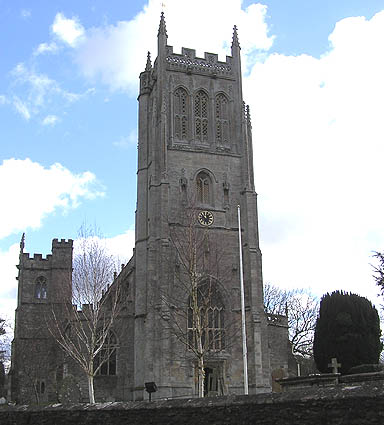
Figure 3: Bruton Church by Martin Southwood under creative commons.
Registers, then, could become a place where a particular and sometimes partisan memory of the war could be recorded. Since registers were semi-public (for they were open to later inspection by those needing to confirm a birth, marriage, or death), and since they passed down through several hands, subject to the opinions of later clerks and clergy, they could be used to correct what a later hand considered to be an erroneous or scandalous entry or memory. At Sutton Veny in Wiltshire the register first of all recorded the swearing in of the parish registrar, a new post created by Act of Parliament in 1653 as part of the English republic’s change from ecclesiastical to civil registration. Shortly after the Restoration in 1660, when the episcopalian Church of England was restored (along with the abolition of civil registration), verses condemning the registrar and the local JP who oversaw his appointment were added to the register. Such indignant and retrospective comments about the changes to registers in the 1650s were not uncommon: the register of Elwick Hall (Co. Durham) described the 1653 act as having come into force ‘in the time of rebellion, under that monster of nature and bludy tyrant, Oliver Cromwell’. At some time later, those condemnatory verses were then erased from the Sutton Veny register, making them now all but illegible and obliterating the Cavalier-Anglican memory of the 1650s.[6] As such examples show, careful reading of parish registers demonstrates how they could form an important means of mediating between, shaping, preserving, and seeking to obliterate, individual and collective memories of the civil wars.
Fiona McCall: Remembering the ‘Wickedly Wicked’ Times
In 1704, Devonshire clergyman John Walker began collecting the parish memories of the civil war and interregnum which would eventually be used in his monumental defence of the Church of England now commonly known as the ‘Sufferings of the Clergy’.[7] Along with the stories of the ejected loyalist clergy, about which I have written previously, the Walker archive also includes commentary on parish life under their puritan successors.[8] Most of Walker’s clerical correspondents claimed to be scrupulous in recording only what they felt could be relied on about the history of their parish from parish records or the oral memories of their elder inhabitants, following the evidential practice of the time. Yet it must be admitted that an entertaining story that put the non-conformist clergy in a bad light was more likely to be transmitted in the context of Walker’s project than anything complimentary. These accounts thus tend to act as a summary of everything people disliked most about interregnum religion.
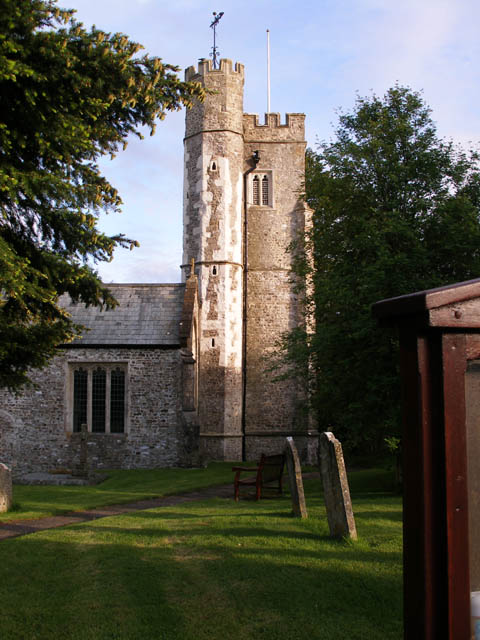
Figure 4: Offwell Church by Trevor Durritt under creative commons.
There was clearly much talk in parishes about past events. John Rost, rector of Offwell (see Figure 4) in Devon, described being ‘entertaind … with many howers discourse’ from his parishioners about his predecessors. [9] Thus the accounts are often comic or anecdotal in tone, ridiculing the peculiarities of interregnum clergy or repeating well-worn tales of their exploits. [10] Silly sermons or preaching was recounted: Thomas Worden at Nailsworth in Gloucestershire who praised God for not turning a child into a toad; the ‘unsavoury’ sermons of Joshua Kirby at Wakefield, in favour of wife-beating and on midwifery.[11] The activities of German exile Christopher Jellinger in Devon fill several folios: preaching about Roman coins to household workmen; popping up unexpectedly by wedding couples’ bedsides, or praying for his sick horse. [12] Bizarre incidents include a Gloucestershire minister famed for baking a turd in a Christmas pie and another who, locked out by parishioners, was said to have climbed into the tower of his church with a ladder, then swung himself down inside by the bell ropes.[13] There were plenty of claims of clerical scandal, intended to trump similar stories told by nonconformists about loyalists: Gloucestershire minister Swan, who was excluded from the church for drunkenness and forced to preach in the churchyard; Tiverton minister John Chishull’s attempt to ‘debauch’ the wife of Colonel Shapcote; the daughters of a Northamptonshire minister Mr Payne renowned as ‘infamous’ pox-ridden ‘whores’. [14]
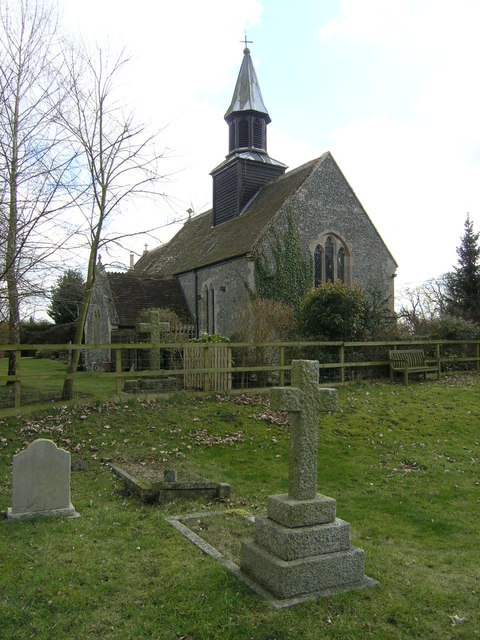
Figure 5: Parish church in Patney by ChurchCrawler under creative commons.
There was also much serious commentary on the supposed iniquities of the times. Many tales were told of clergy foisted on parishes by the military, some of whom even wore military clothing or carried pistols or swords in church. [15] Mr Massey ‘not according to the Rules of the Gospel’ ‘but the practise of the Times, with the assistance of a Troop of Horse’ ‘possest himself’ of the rectory of Patney in Wiltshire (see Figure 5), loudly declaring the next Sunday from the Pulpit, ‘Beloved, if I did think this Place smelt of a Cavalier, I would not come amongst you’ wrote Thomas Twinning from nearby Wilsford.[16] Venality was frequently remarked upon: clergy pretending sanctity when their main aim was to acquire a rich living, sequestrators more concerned to retain the profits of the church for themselves, than provide for the pastoral needs of the community; committee members who used church livings in lieu of marriage portions for their daughters.
Accounts also underlined the widespread neglect of the Christian fundamentals: rigid Presbyterians unwilling to let the unworthy take the sacrament, who either restricted it to a handful of parishioners or ceased offering it altogether; clergy who refused to baptise or even abandoned use of the Lord’s Prayer. The Independent Bullhead was said to have continued at Ashreigny in Devon for five years, ‘without ever baptizing any Child or burying any Corpse, or marying any but 2 persons’, yet took all the tithes, wrote his successor.[17] But, he related, parishioners eventually retaliated, lining up at the Restoration to abuse Bullhead. What is remarkable is how a loyalist party famed for their dislike of the ‘hydra’ of popular opinion, their condemnation of populist preaching styles, in these accounts co-opted an idea of the communal will or voice of the ‘people’, in order to undermine the idea of a popular mandate for Godly religion. The stories they collected provide their own perspective on interregnum religion to challenge contemporary nonconformist hagiography of the interregnum clergy as suffering and latterly persecuted saints.
Michael Sewell: The Lasting Legacy of the Siege
History of the Civil War survived throughout the centuries afterwards. An example of this can be found in Colchester after the siege of 1648, with the site of St. Botolph’s. The Priory was one of the many landmarks of Colchester to be destroyed by cannon shot in 1648 and would leave a lasting legacy of siege and war in the town. It was not destroyed or pulled down, or even repaired. The deeds to the Priory which show the ownership of the Priory up to around Morant’s time in the 1750s, show us that the site was still valuable, passing through a variety of families and figures in the decades which followed. Interestingly, the Hendrick family who were second generation Dutch migrants bought the Priory soon after its destruction in 1649.[18] The reason is unknown but could be due to the large Dutch population buried in the parish grounds. The cost to rebuild or even maintain the Priory ruins would prove to be expensive, most likely too much for most families in Colchester who had just survived the siege, especially after the fine of £12,000 placed on the town as noted by Philip Morant.’[19]

Figure 6. John Sell Cotman, St Botolph's Priory, Colchester, Essex (1811)
From the series 'Etchings’, National Gallery of Scotland:
https://www.nationalgalleries.org/art-and-artists/152909/st-botolphs-priory-colchester-essex-series-etchings
(accessed 29/1/21)
The ruins of St Botolph priory (See Figure 6) became important landmarks for the town. The building from the earliest part of the eighteenth century showed visitors the damage caused by the siege of 1648. Daniel Defoe wrote that he could still see the legacy and impact of the siege.[20] For Celia Fiennes, the most notable aspect in her journey was that Colchester was still very much ruinous.[21] As people visited the town, the site of the ruined landmarks would have been hard to miss, and this is something that clearly stood out to them, as they often talk about the destruction. Maps throughout the period indicate the importance of these ruins as an identifier for Colchester by including clear markings for the site of St Botolph’s.[22] By the latter part of the century, the priory became a setting for artists to draw, helping to create a vision of England’s past. Most of these works referenced the Siege in some way.[23]
The impact of the siege would continue to hold an important role in the history of the site. In the nineteenth century for example when the new church was built due to the fear of the Chartists, newspapers and local Anglicans were very quick to note that the parish had been deprived of a church since the siege of 1648; this can be seen on the church plaque as they laid the first stone, which stated that the area had been without a church since the ‘venerable siege of 1648’.[24] The churchwardens of St. Botolph’s stated, ‘The Inhabitants of the said parish of Saint Botolph now are and for a great number of years have been in the quiet possession and enjoyment of the Ruins and Site of the said Dioses.'[25] It is clear that the parish of St Botolph had for a number of years wanted to leave their exile in All Saints and obtain their own building (see Figure 7).
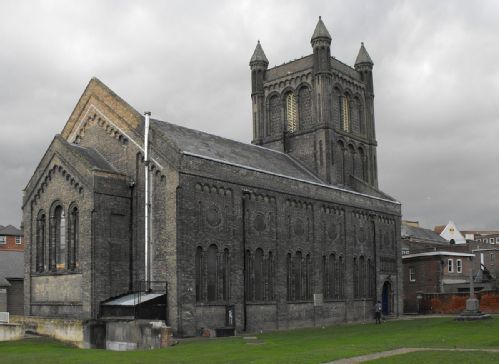
Figure 7. Anglican church of St Botolph, Colchester. Pic: Saltmarsh 2009 under Creative Commons.
The ruins still remained, and throughout the nineteenth century would be used to reference the siege for either tourist or political purposes. These ruins allowed the story of the siege to settle on them. The medieval church became a symbol of the siege, of the suffering that the town went through and of the destruction that Colchester endured in 1648, intentionally or not, the ruin became a memory ‘palace’ for the Civil War.
Imogen Peck: St Botolph’s without Aldgate
After residents of the London parish of St Botolph’s without Aldgate had fought together in the city’s trained band at the Battle of Newbury on 20 September 1643, they decided to mark the occasion collectively. Every year for more than a decade, the veterans of St Aldgate’s gathered in their parish church (see Figure 8) at 10am to hear a sermon delivered by a specially selected guest preacher. This is the earliest known example of a veteran-led commemoration that has been identified in England.[26]
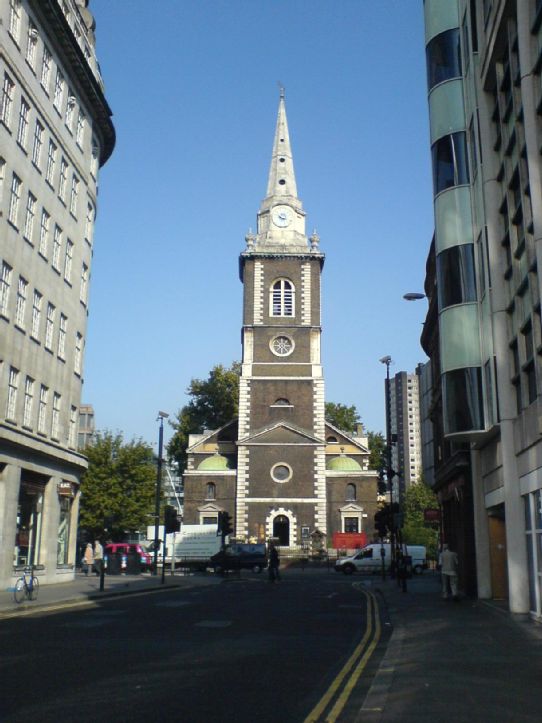
Figure 8: Front elevation of St. Botolph's church, Aldgate, London. Pic: Superbfc 2007, under Creative Commons.
Conclusion
This post has briefly shown how important the English Civil Wars became for parish and religious identity, memory, and history. The conflict did not just disappear when fighting had ceased, but rather had a lasting impact of communities. In personal histories, legal documents, commemorations and even the buildings themselves the history of the Civil War remained and affected parishes for years, decades and centuries afterwards.
Endnotes
[1] Lucy Hutchinson, Memoirs of the Life of Colonel Hutchinson, ed. J. Sutherland (London, 1973), 62; John Morrill, Revolt in the Provinces: The People of England and the Tragedies of War 1630-1648 (Harlow, 1999), 125-7.
[2] T.F. Thiselton-Dyer, Old English Social Life as Told by the Parish Registers (London, 1898), 7-8.
[3] Alrewas Parish Registers 1547-1670 (Staffordshire Parish Registers Society, 2003), 94.
[4] Staffordshire Record Office, D705/ADD/1. In November and December 1640, as part of its moves against the so-called ‘evil counsellors’ of the king, parliament impeached the Thomas Wentworth, earl of Strafford (lord deputy of Ireland), Archbishop William Laud of Canterbury, and Lord Keeper John Finch. Strafford was executed the following year, Laud in 1645; Finch fled abroad to escape punishment; while Secretary Francis Windebank escaped to France fearing a similar fate.
[5] Somerset Record Office, D/P/brut/2/1/1, sub 1642; East Riding Record Office, PE 1/2, sub 30 June 1643; T. Wainwright, ed., Barnstaple Parish Register of Baptisms, Marriages and Burials 1538 A.D. to 1812 A.D. (Exeter, 1903, burials), 63.
[6] Steven Hobbs, ed., Gleanings from Wiltshire Parish Registers (Wiltshire Record Society, 61, 2010), 233; J.S. Burn, Registrum Ecclesia Parochialis (2nd edition, London, 1862), 161.
[7] John Walker, An Attempt Towards Recovering an Account of the Numbers and Sufferings of the Clergy of the Church of England: Heads of Colleges, Fellows, Scholars, ... who were Sequester'd, Harrass'd, ... in the Late Times of the Grand Rebellion: Occasion'd by the Ninth Chapter … of Dr. Calamy's Abridgment of the Life of Mr. Baxter. … (London, 1714).
[8] F. McCall, Baal’s Priests: the Loyalist Clergy and the English Revolution (Farnham: Ashgate, St Andrews Studies in Reformation History series, 2013).
[9] Bodleian Library MS J. Walker, C2, fo. 226.
[10] For more on loyalist humour see my chapter, F. McCall, ‘Continuing civil war by other means: royalist mockery of the interregnum church’, in Mark Knights, Adam Morton (eds), The Power of Laughter and Satire in Early Modern Britain c.1520-1820: Contestation and Construction (Boydell, 2017), pp. 84-106.
[11] Bodleian Library MS J. Walker: C7. fo. 8v, C8, fos 7v, 9r.
[12] Ibid.: C4, fo. 154r; C8, fo. 50.
[13] Ibid.: C1, fos 215r, 250r; C8, fo. 165r.
[14] Ibid.: C1, fo. 255r; C2, fos 268v, 442r; C4, fo. 60r; C8, fos 6r, 32r.
[15] Ibid.: C1, fo. 289r; C2, fos 132r, 384r; C3, fo. 38r.
[16] Ibid., C8, fo. 159r.
[17] Ibid., C2, fo. 305.
[18] Essex Record Office, D/DMb T55, Includes abstracts of title of messuage in St. Botolph St., reciting 1650-1851, and of site of St. Botolph's Priory, reciting 1536-1743.
[19] Phillip Morant., The History and Antiquities of the most ancient Town and Borough of Colchester, in the county of Essex, in three books. Collected chiefly from Manuscripts. With an Appendix of Records and Original Papers. Adorned and Illustrated with Sculptures, (London: 1748), 69.
[20] Daniel Defoe., http://www.visionofbritain.org.uk/text/chap_page.jsp?t_id=Defoe&c_id=2, accessed 08/11/17.
[21] Celia Fiennes, Through England on a Side Saddle in the Time of William and Mary (London: Field and Tuer, The Leadenhall Press, 1888), accessed on 29/01/2021 from https://digital.library.upenn.edu/women/fiennes/saddle/saddle.html
[22] E.R.O., /Mp 90/1/1/38, A 1724 Map of Colchester drawn by William Stuckley; E.R.O., MAP/CM/25/1, Map of Colchester 1740-1754, possibly 1748.
[23] E.R.O., D/DU 23/139/1/2, ‘Topographical Collections of the County of Essex part 2; E.R.O, T/P/110/5, A folder with newspaper cuttings from the eighteenth and nineteenth century.
[24] E.R.O., D/P203/8/4, Minutes of meeting at St Botolph's priory, about subscribers for the new church in 1835.
[25] Ibid.
[26] See paper teaser at: https://warwick.ac.uk/fac/cross_fac/myparish/posts/preview, accessed 29/1/2021.
